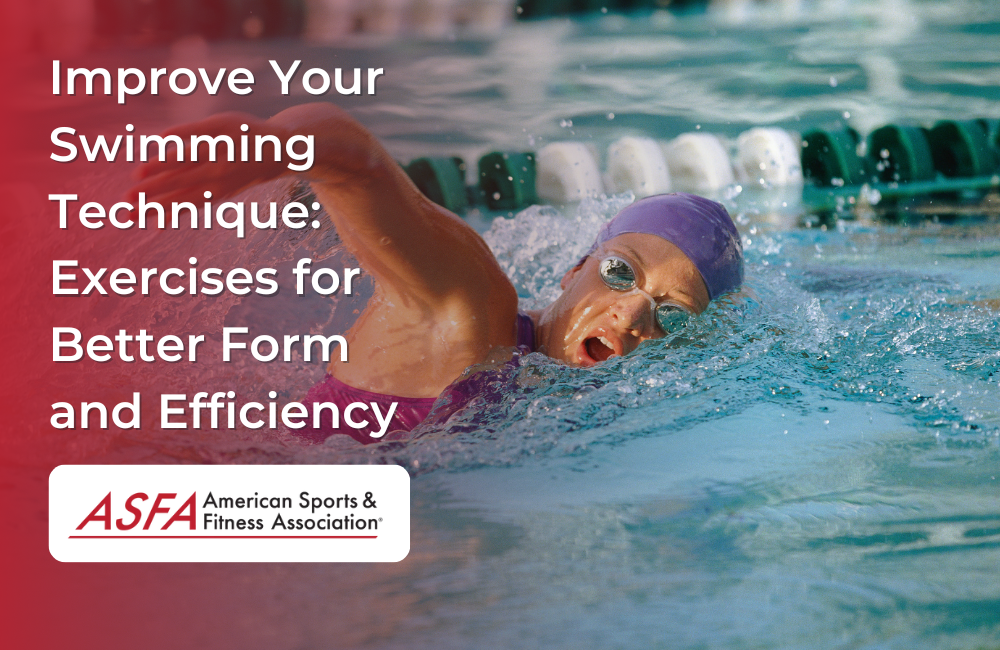A strong swimming technique is one of the most important factors in being a successful swimmer. But what exactly is a strong swimming technique? It's an efficient body position and movement with little wasted energy. This means that you're using your body for propulsion instead of just going through the motions.
Head-up position
- Keep your head up. It's important to keep your head up and looking forward rather than down or to the side when swimming. Looking down will cause you to sink deeper into the water and slow down, while looking sideways means that one side of the pool is harder for you than the other (which can lead to imbalances).
- Don't push off with both hands at once. It's tempting when you first learn how to swim freestyle or breaststroke, but this move wastes energy by putting extra pressure on one side of your body instead of distributing it evenly throughout both sides of your core muscles.
Don't kick with both feet at once. When you're first learning how to swim, it's tempting to use both legs simultaneously and kick them as fast as possible. This is bad practice because it means one side of your body works harder than another (which can lead to imbalances). Instead, try using only one leg at a time so that each side is equally active.
Rolling over to breathe
When you roll over to breathe, it's important that you keep your head up and don't let it sink below the water. If this happens, it can lead to a lack of oxygen, dizziness, and poor body position in the water.
When breathing every third stroke, ensure that your head stays above water every time you roll over for air. Also, be sure not to forget about breathing when resting or swimming slowly; if there are no other swimmers around who might see you floating face down in the pool (and therefore think something bad has happened), then take advantage of this opportunity!
Underwater dolphin kick
Dolphin kicks are the most efficient way to swim. They're also one of the best ways to improve your swimming technique, as they help you develop a powerful stroke and reduce drag on your body.
To do a dolphin kick, extend your legs behind you in a scissor kick position. Next, bring one leg up and out of the water while keeping it straight so that only half of your foot is submerged (i.e., don't bend at the knee). Then bring it back down again with an alternating motion that resembles "dolphin" flippers moving through water--hence why this move is called a "dolphin" kick! You should be able to repeat this motion for about 20 seconds before switching to using both legs together for another 20 seconds before repeating once again with only one leg at a time until both sides have worked equally well (about four times total).
Glide
Glide is the most important part of your stroke. You can have perfect timing and technique, but if you don't glide, you cannot swim fast or efficiently. Gliding requires that you stay relaxed in the water with a straight body position as you move through it.
Gliding also requires that your arms are moving forward at all times - even when they're not pulling! This is called "arm recovery," and it helps maintain momentum while keeping resistance on your body low so that less energy is wasted by fighting against the water's drag (that means less effort). The faster the arm recovery speed and angle of attack into each stroke, the higher level swimmer you'll become over time because each stroke will be more efficient than before thanks to improved flow through space rather than just back-and-forth motion alone."
Breathing
Breathing is an important part of swimming. It's used to keep your body oxygenated, which in turn allows you to perform at a higher level and reduce fatigue.
If you're a beginner or have never thought about breathing techniques before, the easiest way to get started is by breathing on alternate sides (i.e., left arm/right leg). This allows for even distribution of oxygen throughout the body and helps prevent dizziness when first learning how to breathe while swimming.
As you become more comfortable with breathing patterns, try switching over from one side every third stroke instead of every other stroke--this will give you more time between breaths so that if something happens (like getting kicked), there won't be as much need for recovery before continuing forward with another breath cycle.
Arm Recovery
- Keep your arms at a 90-degree angle.
- Keep your elbows high and before you, not resting on your body.
- Don't let your arms drop below the water's surface as you recover; keep them close to your body as if in a "T" position.
You can also swim on your side or back with one arm in front of you and the other behind. This is a great way to improve your breathing technique.
If you are having trouble swimming on your side, try the following: -Keep your face in the water. Your eyes should always be covered by water. -Put your arm behind you and push off with it; this will keep your head above water.
Takeaway:
- The exercises in this article will help you improve your swimming technique, but it's important to remember that no two swimmers are the same. Your body type and natural abilities will influence what works best for you.
- You should practice the exercises regularly and ensure not to overdo them at first - then gradually increase the intensity of your workouts as they become easier.
If you’re new to swimming, it can be easy to get discouraged by your own progress. But don’t let this discourage you! If you practice regularly and keep at it, you will see improvements in your technique.
Conclusion
Swimming is a great way to get fit, but it's also a very technical sport. If you want to improve your swimming technique, it's important that you learn about the different strokes and how they work together to make up one cohesive stroke. In this article, we reviewed some exercises that will help improve your form in each stroke so that when you're ready for competition or just getting back into shape after an injury, there won't be any surprises!





